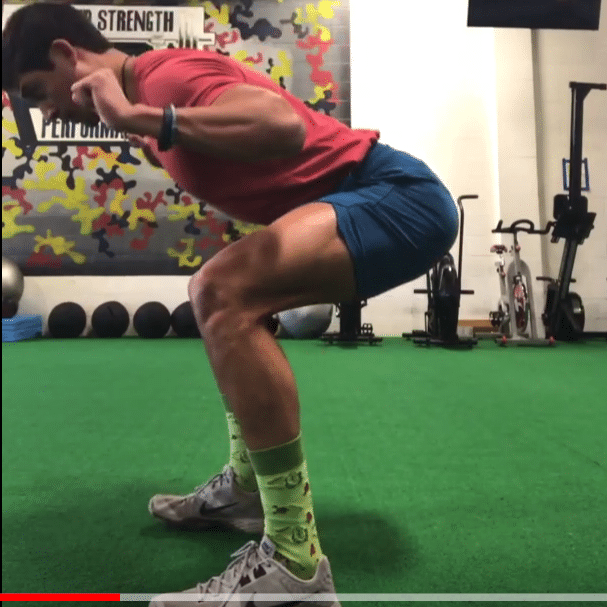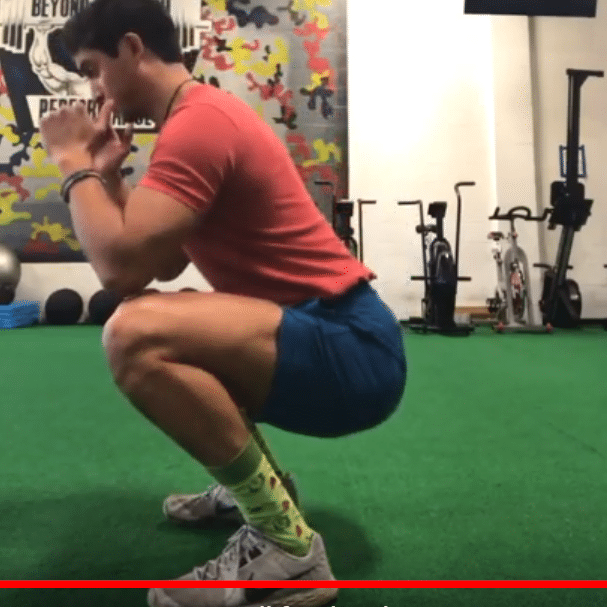Want to learn how to squat?
Understand how different squats can help you reach your goals?
Clean up your stance?
Be able to drop it low without hurting yourself?
This, and the answers to all your squat questions can be found here…
This is not meant as a straight read-through (although you are more than welcome to), but rather, pick and choose the sections that matter to you or you have questions about.
… and then, when you’re ready, go even deeper with all of the other squat articles linked at the bottom.
Table of Squat-ents:
-
What is a squat?
-
A basic movement to get you started
-
What should your knees be doing in a squat and how fix your knee position
-
Heavy squatting vs. healthy squatting? Which one is better?
-
How to find YOUR squat stance
-
What is the difference between wide squats and narrow squats? Is one better than the other?
-
What do you do if you get HIP pain when squatting
-
What do you do if you get KNEE pain when squatting
-
What should my neck be doing while squatting?


